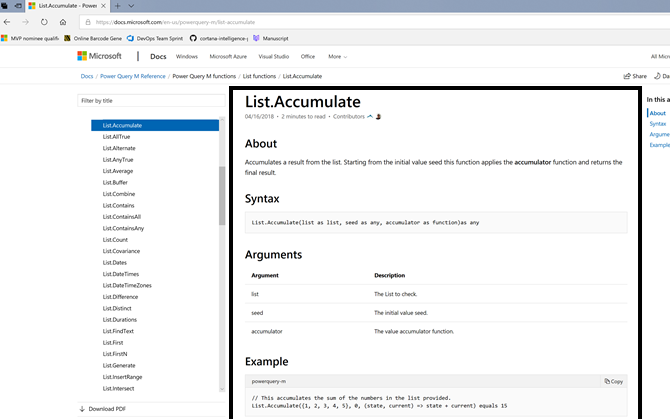To create Power Query formulas in Excel, you can use the Query Editor formula bar, or the Advanced Editor. The Query Editor is a tool included with Power Query that lets you create data queries and formulas in Power Query. The language used to create those formulas is the Power Query Formula Language. There are many Power Query formulas you can use to discover, combine and refine data. To learn more about the full range of Power Query formulas, see Power Query formula categories.
Let’s create a simple formula, and then create an advanced formula.

Create a simple formula
For a simple formula example, let’s convert a text value to proper case using the Text.Proper() formula.
- In the POWER QUERY ribbon tab, choose From Other Sources > Blank Query.
- In the Query Editor formula bar, type = Text.Proper('text value'), and press Enter or choose the Enter icon.
- Power Query shows you the results in the formula results pane.
- To see the result in an Excel worksheet, choose Close & Load.
The result will look like this in a worksheet:
You can also create advanced query formulas in the Query Editor.
Create an advanced formula
For an advanced formula example, let’s convert the text in a column to proper case using a combination of formulas. You can use the Power Query Formula Language to combine multiple formulas into query steps that have a data set result. The result can be imported into an Excel worksheet.
For example, let’s assume you have an Excel table with product names you want to convert to proper case.
The original table looks like this:
And, you want the resulting table to look like this:
